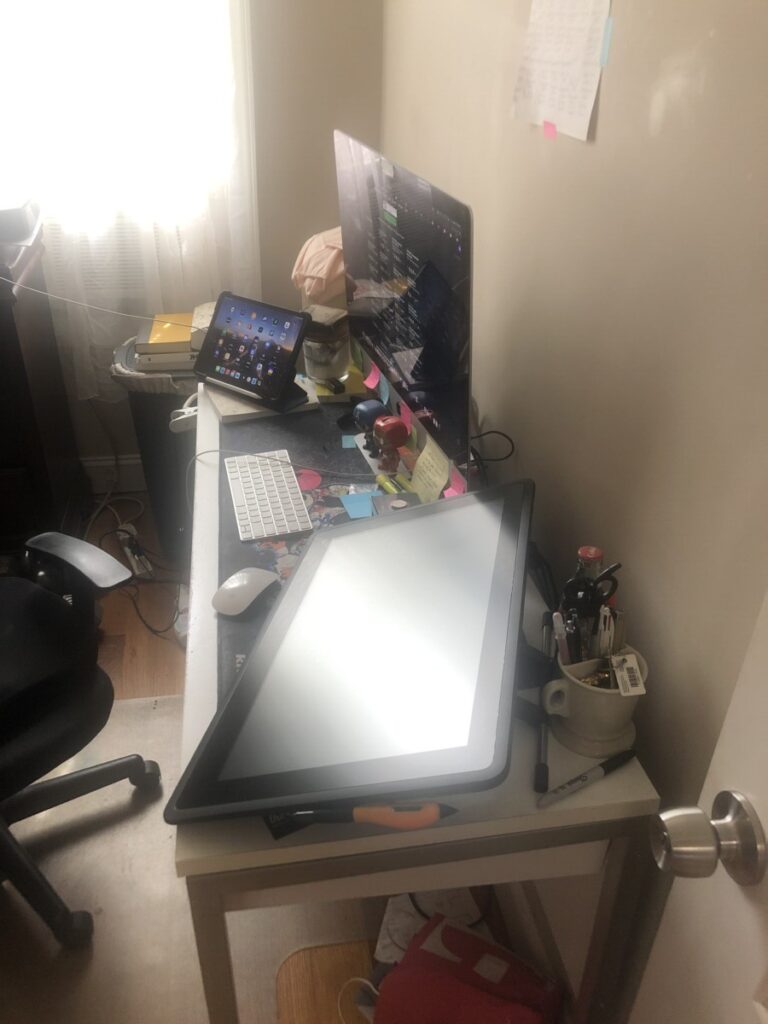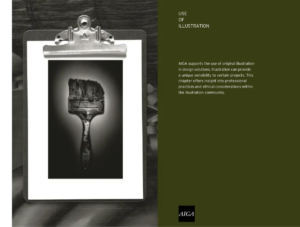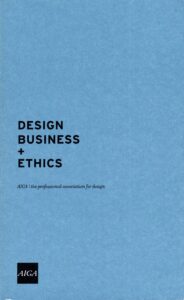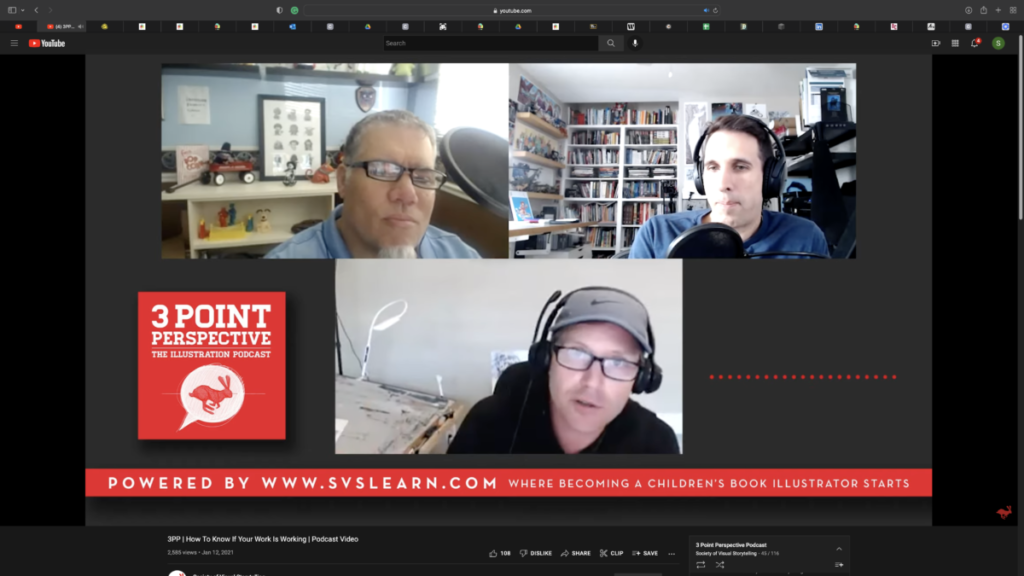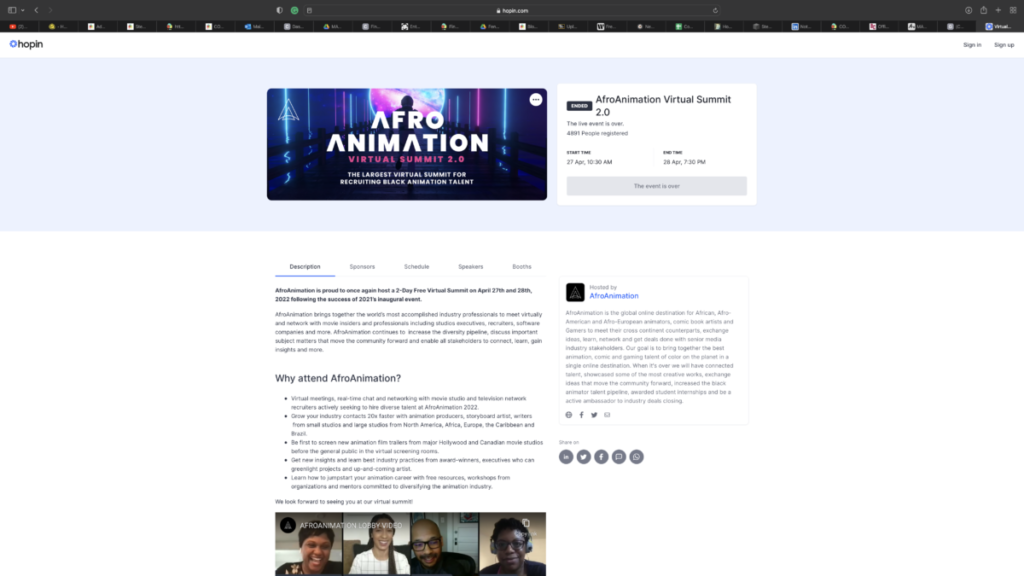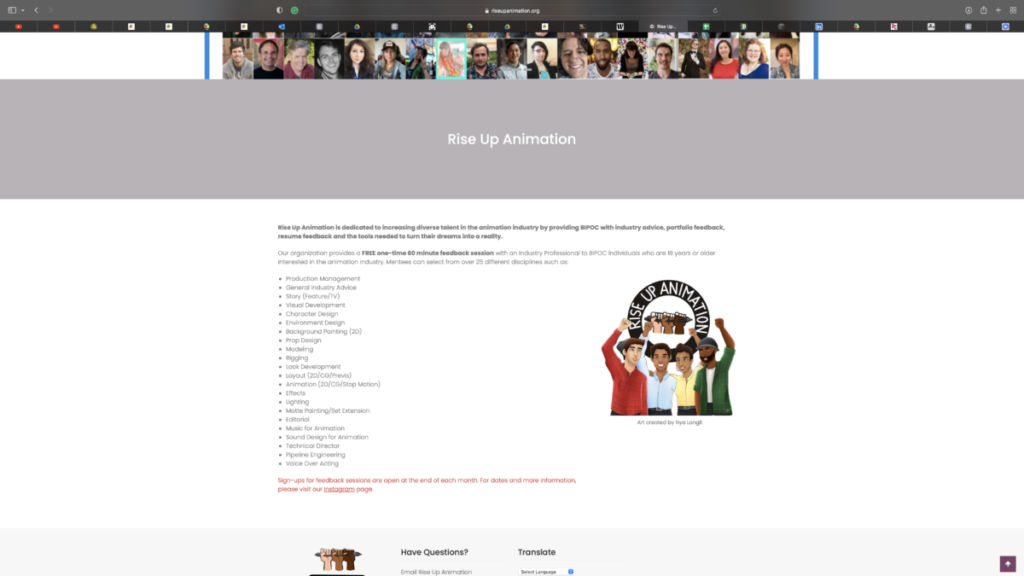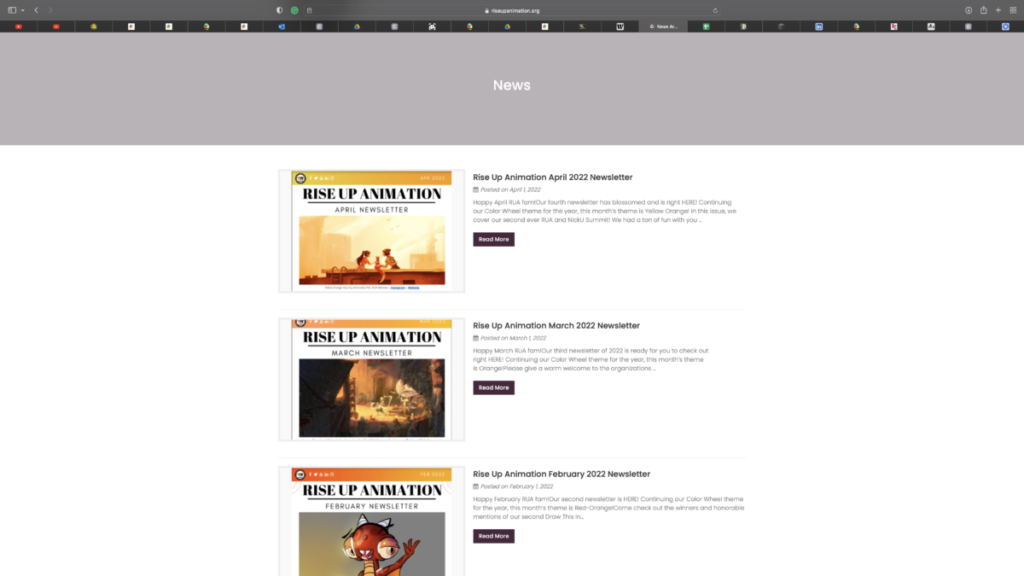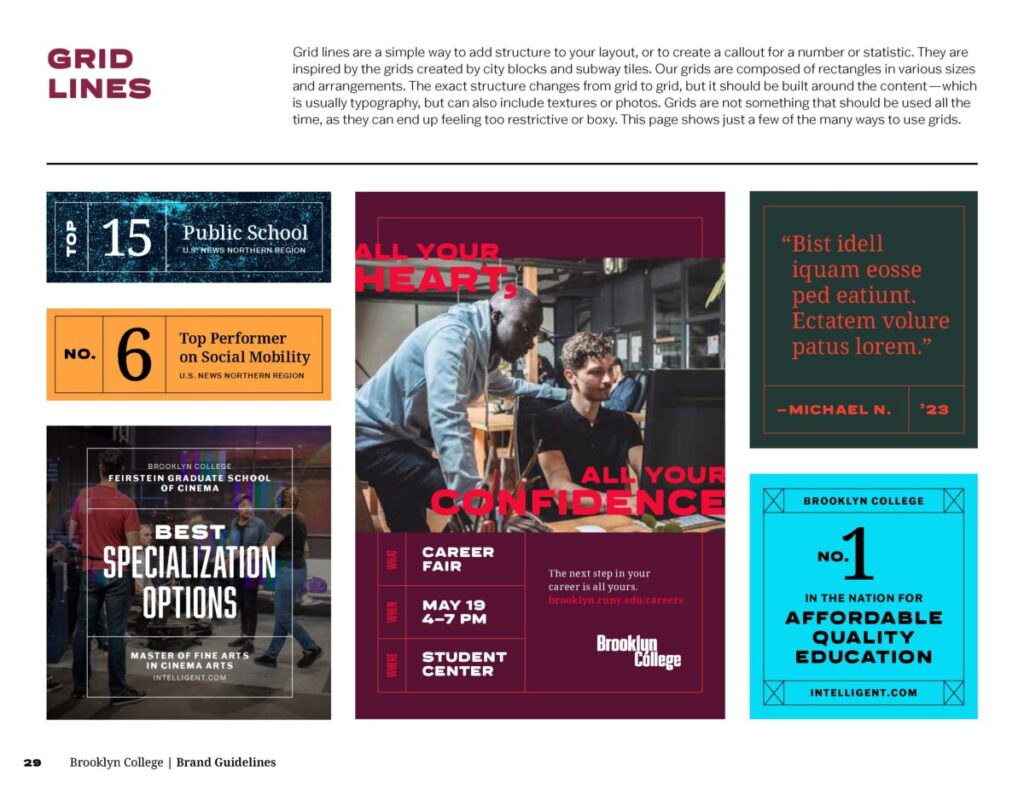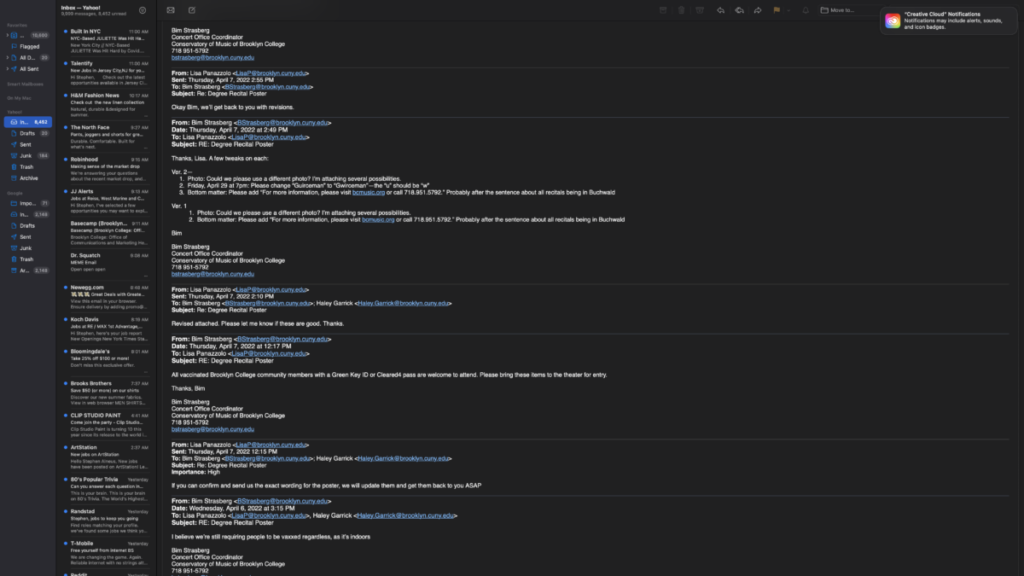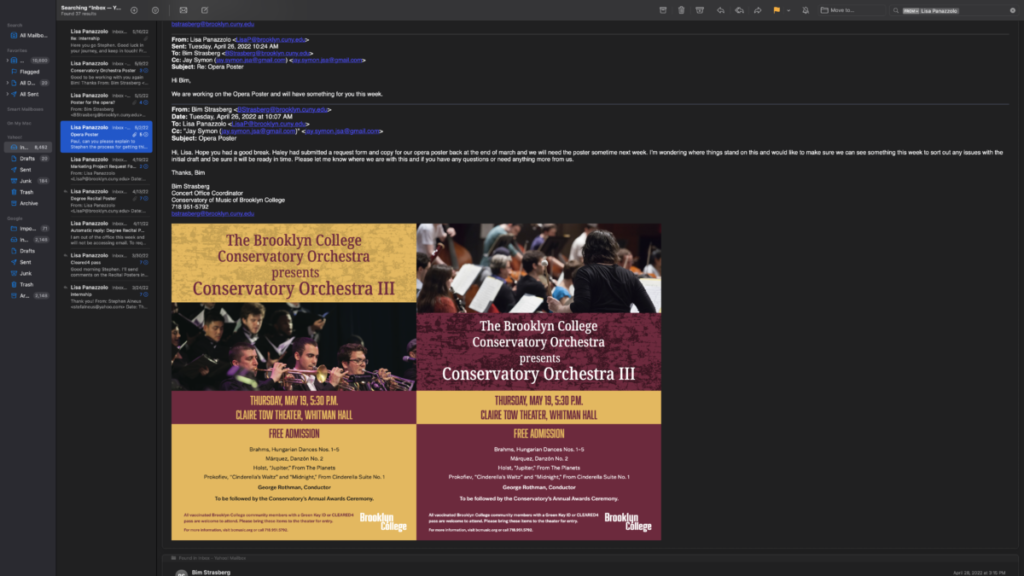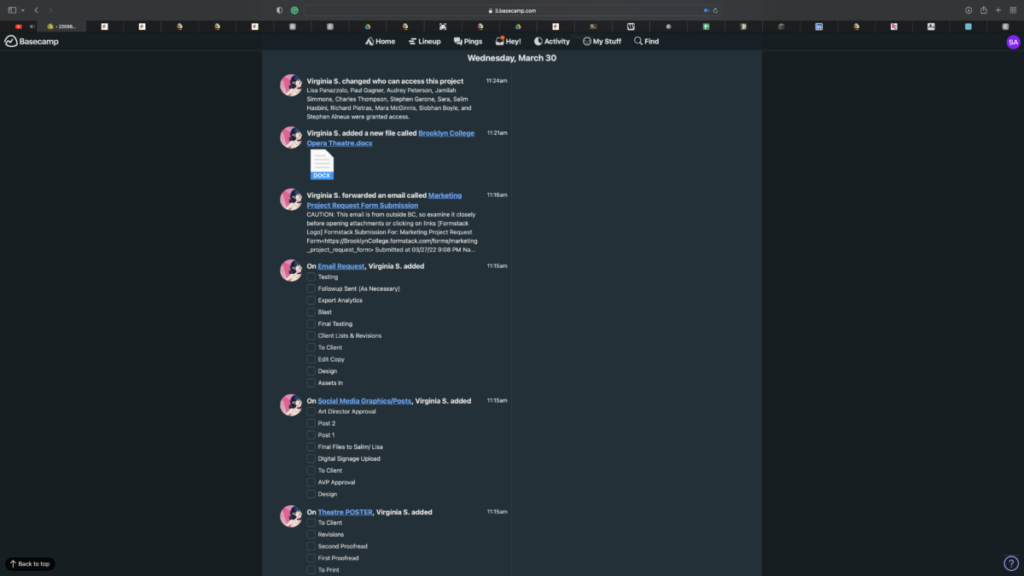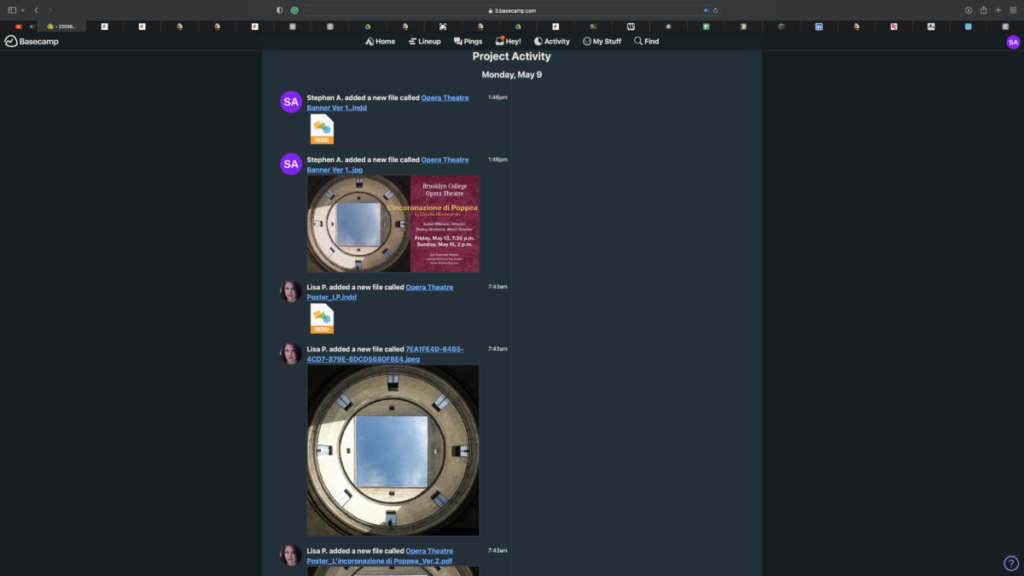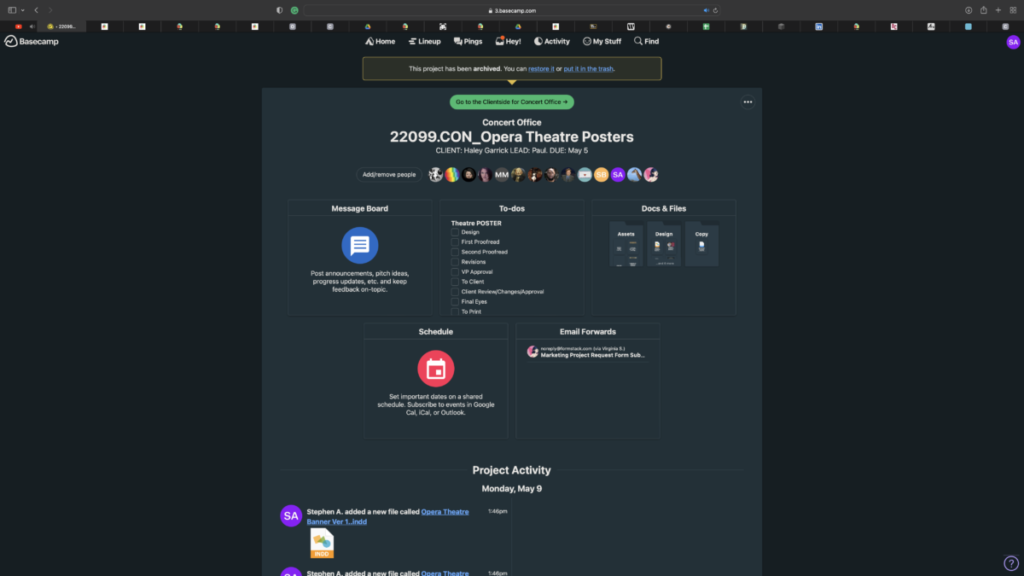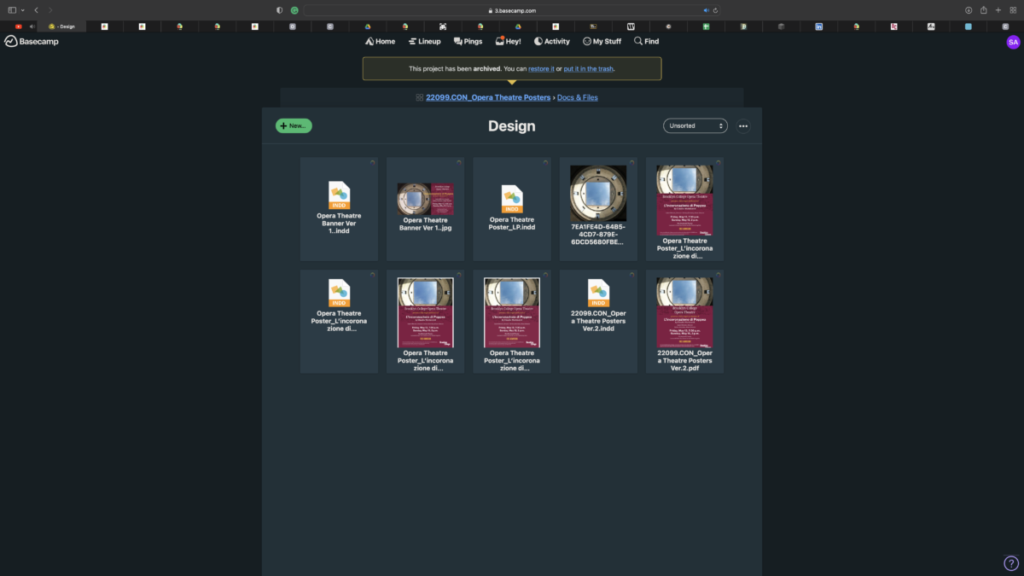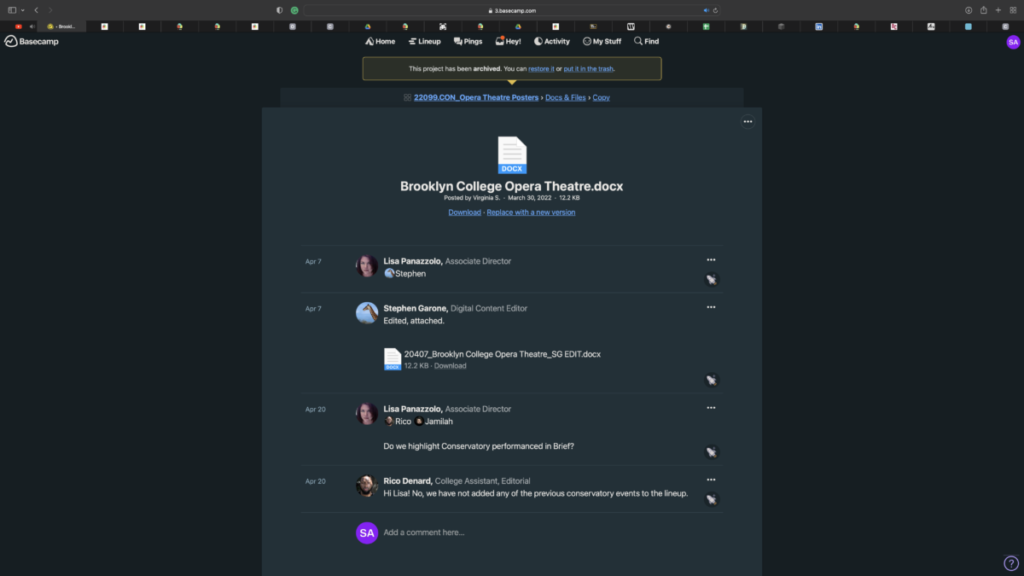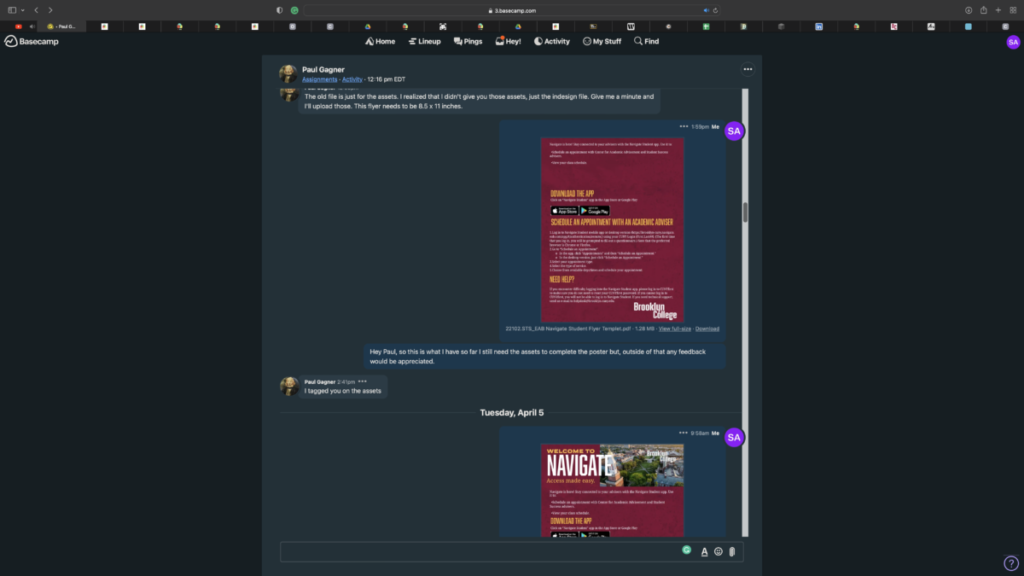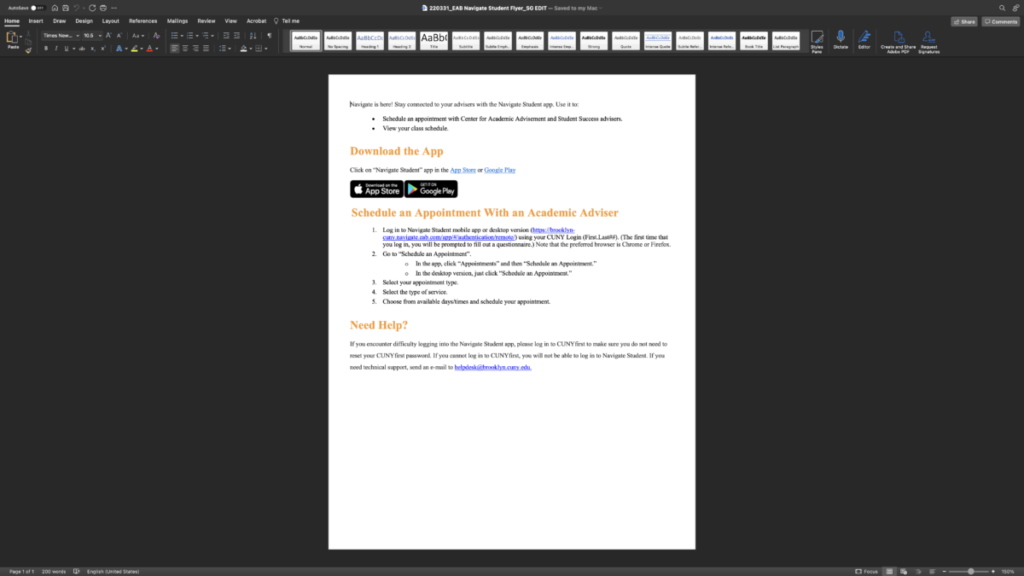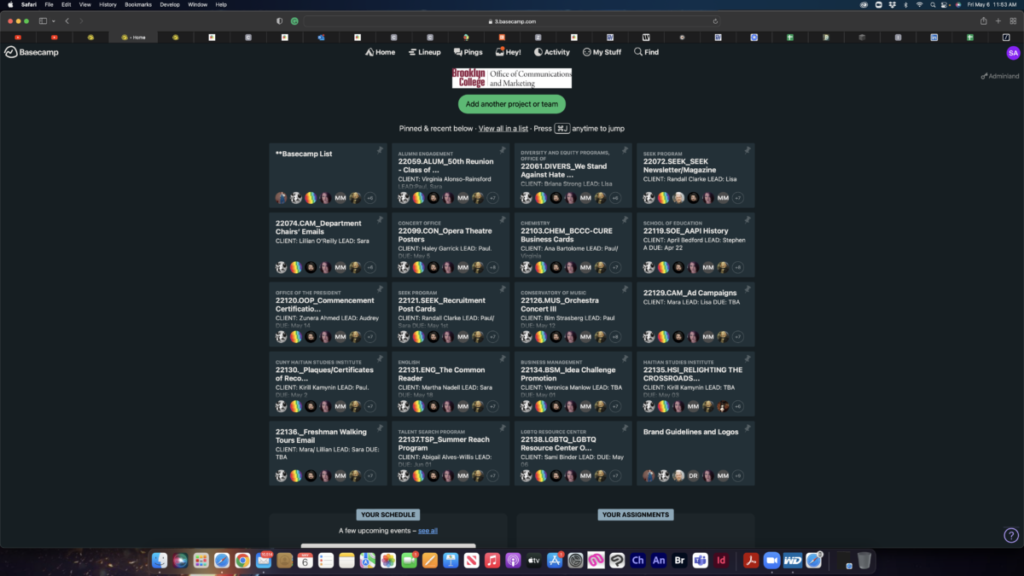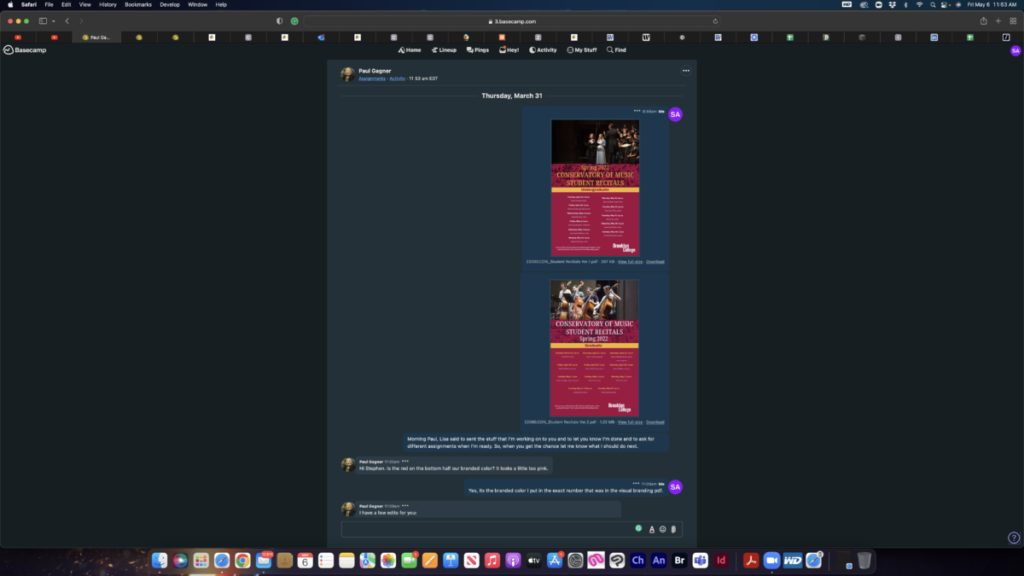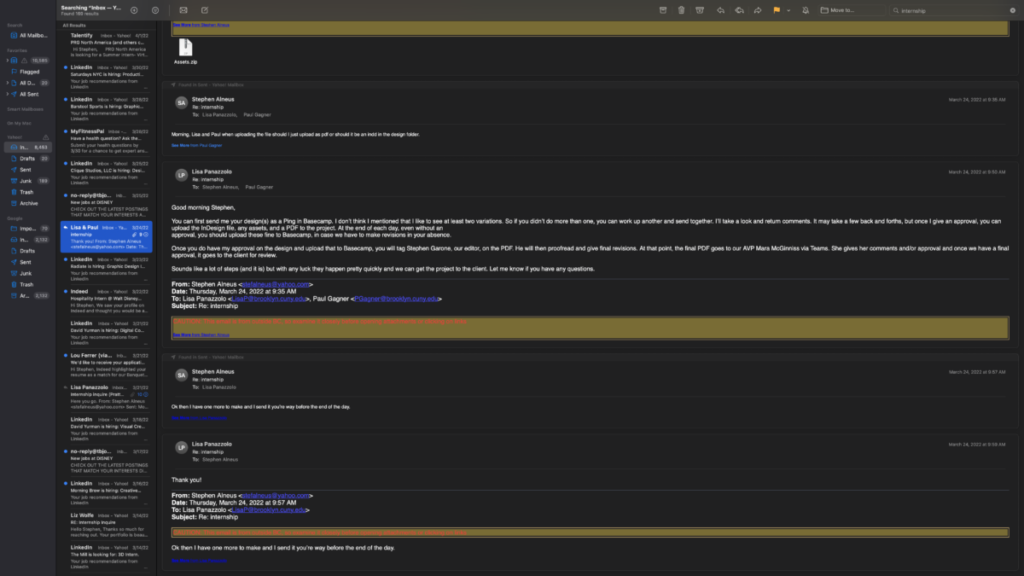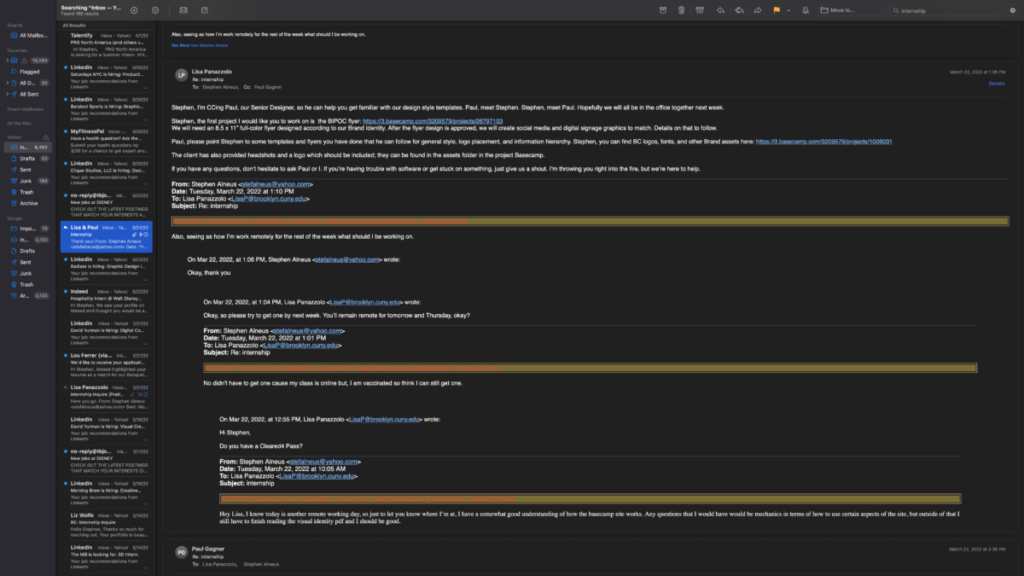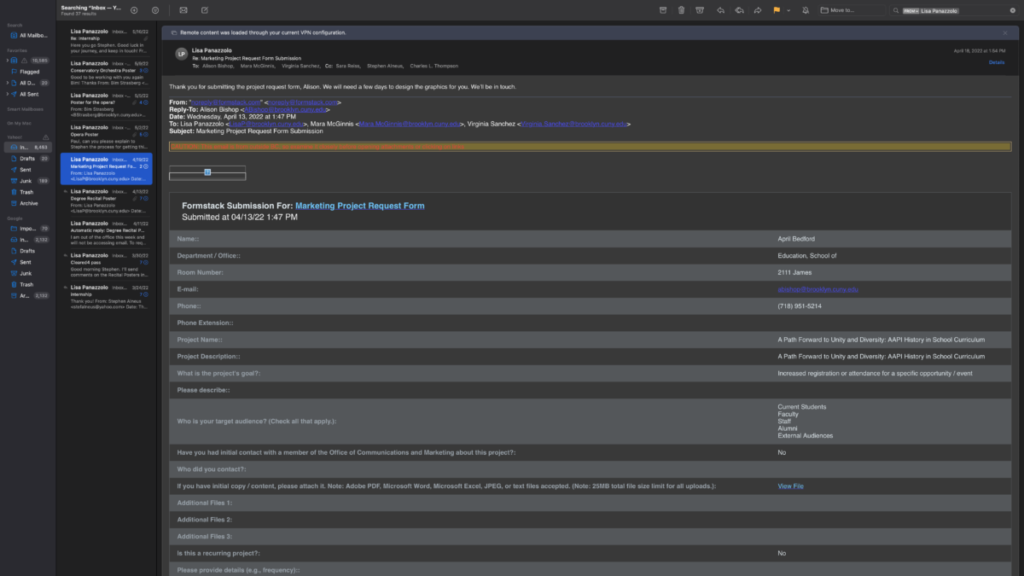Working outside of a traditional office environment has become somewhat of the norm at this point in life which can sometimes come with various pros and cons. Throughout my time, in this internship, I have had to push semester to this new normal of talking to people over the virtual meeting and letting people into your home space while on camera. I believe through my time of doing work remotely there have been various ups and down the experience of not really being on location is not quite the same as getting more of a hands-on experience but, has given me more of an opportunity to speak to people further away then you could have previously.
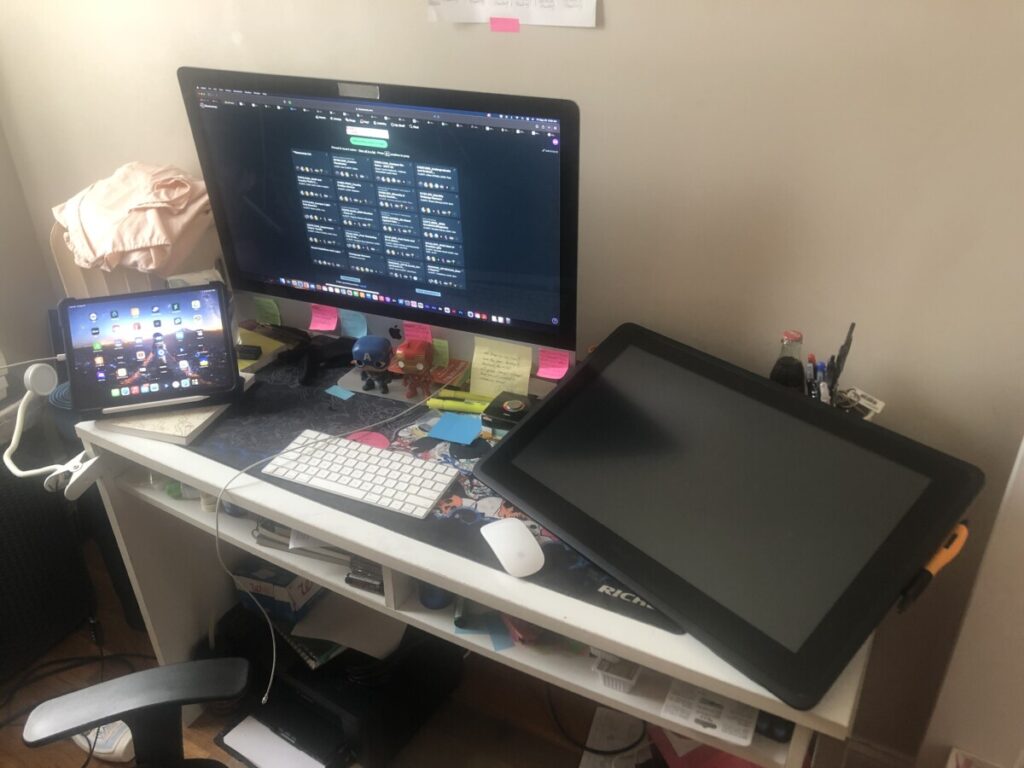
While my internship didn’t require me to be on campus at a specific time every week, I was able to work any time of the day on the project assigned to me while getting the work done on time. Each week was different in terms of meetings, assignments, and the people that you would interact with. Some of the benefits of working remotely that I have experienced was the benefit of having the use of my own tools at my disposal. While being able to work in a quiet and stable workspace, at the same time some of those benefits came with some drawbacks such as how the benefits of work can lead to things such as procrastination with the comfortability of where you may feel like you are always have time to do your work or how you can easily to distracted do being at home where everything is accessible to you.
